What Causes a Projector to Have Blurry Edges?
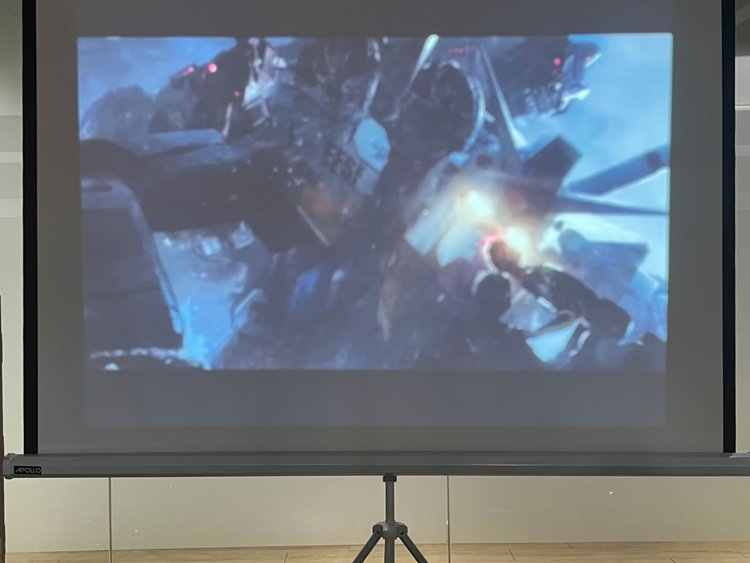
What To Know
- The clarity of a projector’s image, especially at the edges, is significantly influenced by the surface it projects on. A flat, even surface like a dedicated projector screen or a perfectly flat wall ensures a uniform image.
- The state of the projector lens is crucial. A dirty or out-of-focus lens can lead to blurry edges. Regular cleaning and adjustments are necessary.
- The projection angle also plays a vital role. Adjusting the keystone correction and ensuring the projector is correctly angled and positioned can resolve edge distortion.
In this guide, we delve into the common reasons behind a projector’s blurry edges and offer practical solutions to sharpen your viewing experience.
So, let’s sharpen our focus and explore the solutions together.
Quick Navigation
There are a number of different reasons why your projector might produce blurry edges on the screen.
Blurry edges can be caused in several different ways, including the following:
- Projecting on an uneven surface
- Too much light
- Out of focus or dirty lens
- Projection angle
- Cables
1. Projecting on An Uneven Surface

The issue of blurry edges on a projected image can be quite perplexing, especially when it occurs on different sides.
Some users have reported experiencing blurry edges issue at the top, while others have encountered blurry edges at the bottom.
The root cause of this problem is often attributed to projecting onto a non-flat wall, which can result in an uneven surface that distorts the projected image.
To resolve this issue, we are highly recommended to use a projector screen.
This can significantly improve the image quality by providing a flat, uniform surface for the projection.
In the event that a projector screen is not available, finding a flat wall in your house can be a viable alternative. However, it is important to ensure that the wall is completely flat and does not have any bumps or irregularities that can affect the projection
2. Too Much Light
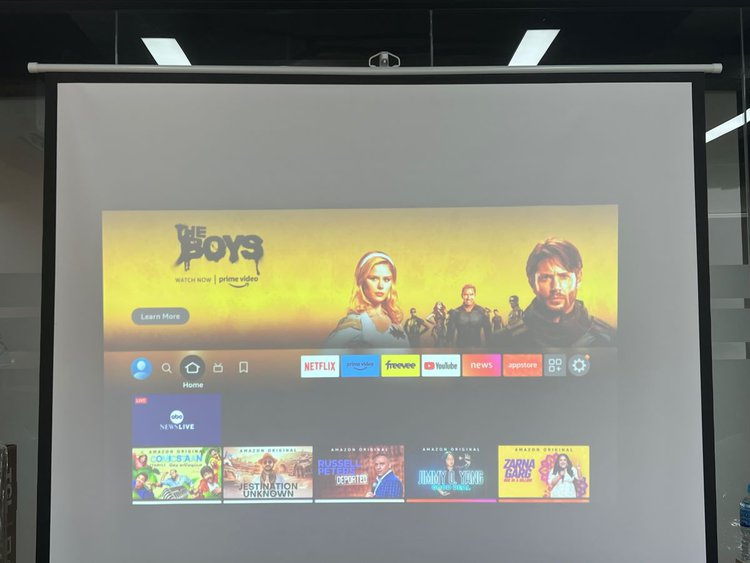
First, you need to check the way you have set the projector up in the room. Consider how much natural light is pouring into the room as well as the artificial light you have on.
If you have light pouring in through the windows or doors, it can make your edges appear blurry. You also need to consider any overhead lighting.
The first thing for you to do is make the room as dark as possible and look at the projected image again. If you find that the blurry edges go away, you need to make sure that you dim the lights and close the curtains when you use the projector.
3. Check Your Lens
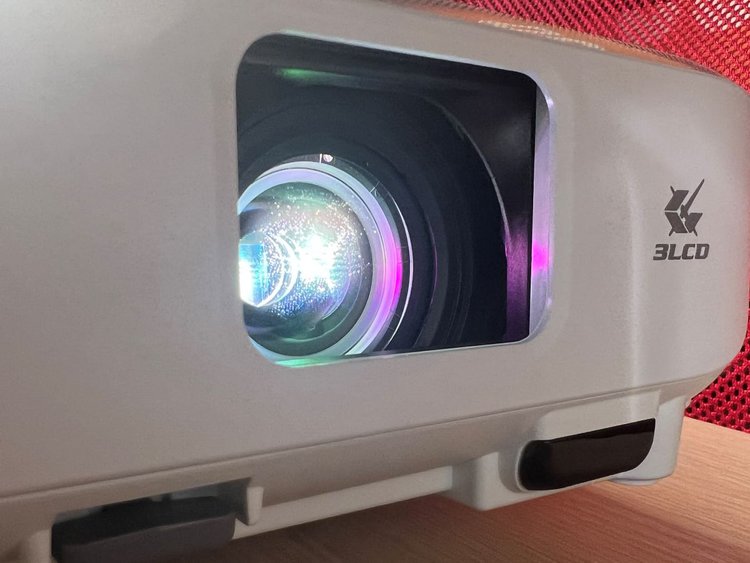
Another cause of blurry edges might be that your lens is out of focus. You can easily check the adjustment ring and adjust it until the image and its details are crystal clear.
Your projector might have a sharpness setting, and you can improve the way the image appears on the screen. You may be able to clear the edges up by making this adjustment.
Another possibility is that your lens is dirty. It may have smears on it or dust, or it could have condensation if it has been through a sudden temperature change.
You can check the lens and clean it if you find that it is dirty, dusty, or has smears or condensation. It is often the case that the lens needs to be adjusted or cleaned if your edges are blurry.
4. Projection Angle
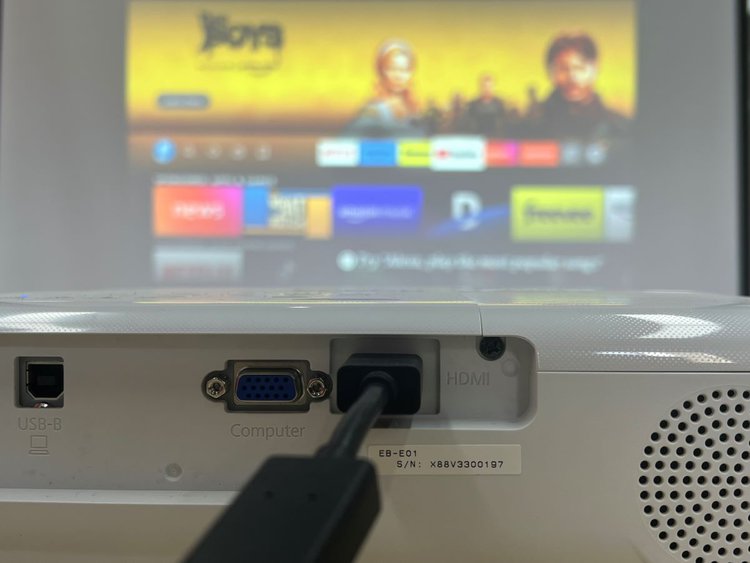
Projection Angle
As a general rule, projectors have a projection angle of 90 degrees. However, there are features that can compensate for this, such as keystone correction or lens shift.
If you notice that one edge of your image is stretched out and blurry, you may need to adjust your keystone correction. This feature helps to make sure that the image stays on the screen properly.
It is important to install your projector in a place where it won’t get jostled or moved out of place because this can change the projection angle.
If you notice blurry edges, you can try adjusting the projection angle and the height of the projector to see if that corrects the problem.
Location
Although many projectors have features to help ensure that you have a clear image, you should install your projector in an ideal location. If you mount it from the ceiling or on a wall, it will be out of the way and is more likely to stay in place.
If you keep your projector on a table in the room or bring it out when you plan to use it, you will need to take time to adjust it until the image is clear and fitted to the screen.
If you notice that your image has blurry edges, you can make gentle adjustments to the projector to clear blurry edges.
Make sure that you set your projector up in a location that is optimal for projecting a clear image so that you will get the clearest possible image when you use it.
5. Check Your Cables
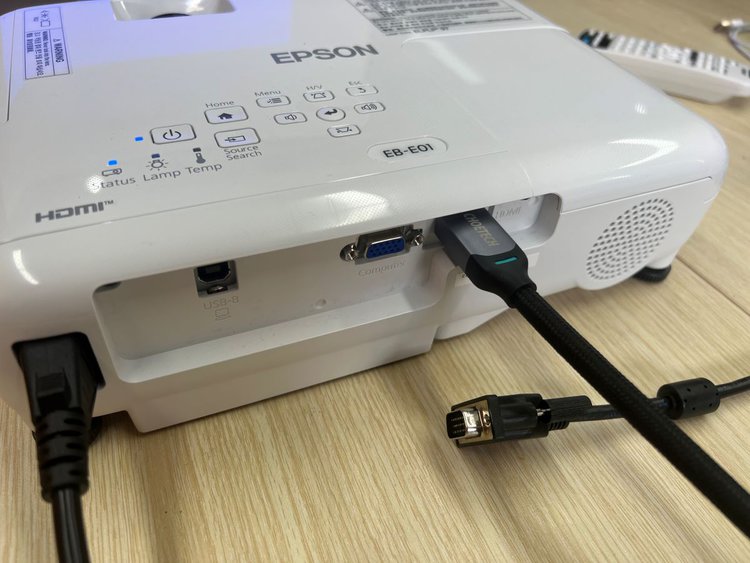
If you have your projector hanging from the ceiling or anywhere that has any distance from the screen, you will need longer cables. If you use cables that are longer than 10 feet, the image can lose quality.
Besides, you need to match your video resolution to the native output of your projector, and this will help to reduce your blurry edges.
It is important to make sure that you read the manual for your projector and set it up properly. This will help to make sure that your edges are not blurry.
How Can You Prevent Blurry Edges
The best way to prevent blurry edges is to make sure that your projector is set up properly. You need to pay attention to the projection angle, the distance your projector is from the screen, and the screen itself.
If you use cables, you should make sure that you are using the right settings to get the best picture. Keep your projector in a dimly lit room, and pull the screen taut.
Verify that your lens stays clean and free of condensation, and use your adjustment settings so that you can keep your edges clear.
Meet Vance. He’s a proud dad, a seasoned Electronics Engineer, and an avid tech lover. His proficiency in electronics and troubleshooting skills were instrumental in crafting Pointer Clicker. Vance is passionate about simplifying tech for those who aren’t well-versed in it.

